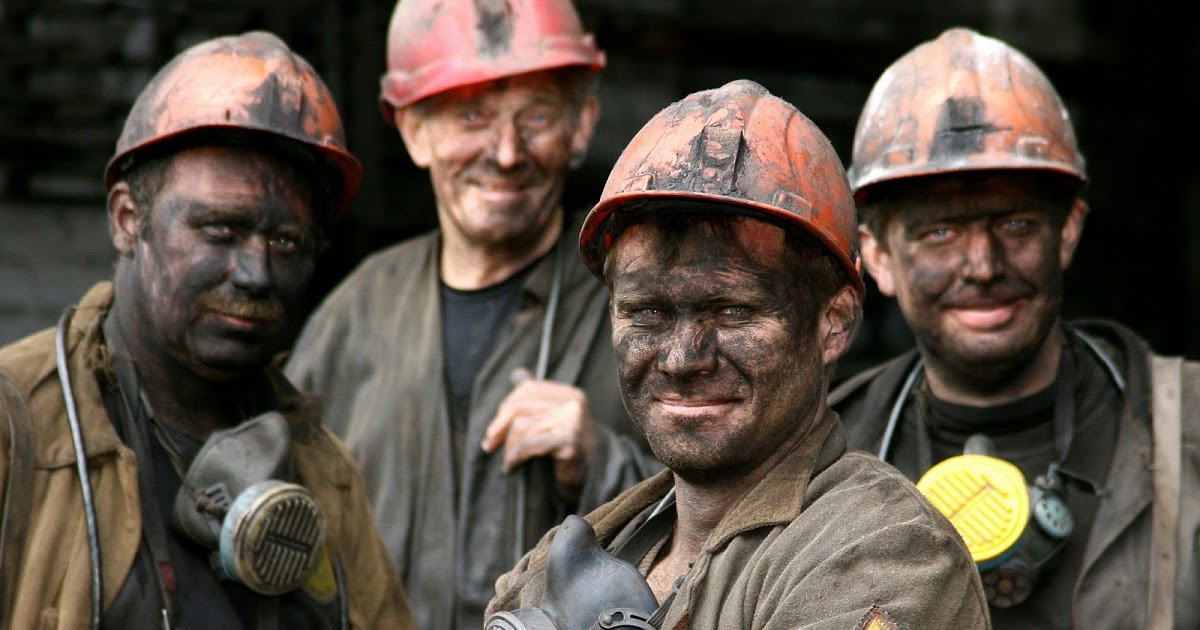Causes Of Pneumoconioses
Pneumoconioses are a group of lung diseases caused by breathing in too much dust. Individuals get the disease from working in environments in which they are exposed to dusty air. For example, mine workers and agricultural workers are at high risk because their occupation exposes them to high amounts of dust. There are many different subtypes, which are defined by the different types of dust that cause the disease. Silicosis (caused by silica inhalation) is the biggest killer among the subtypes, followed by coal workers' pneumoconiosis and asbestosis. Get to know the major causes of pneumoconioses now.
Workplace Exposure

The vast majority of pneumoconioses are caused by workplace exposure. Outside of certain types of work environments, individuals are unlikely to be exposed to enough hazardous dust to develop the disease. The workers who are most affected by hazardous dust include miners, plumbers, agricultural workers, and mechanics. These occupations involve frequent exposure to highly concentrated dust that may be toxic. The risk of lung damage can be reduced through the use of protective gear such as breathing masks. Unfortunately, workers do not always adhere to these protective measures. Even when protective gear is used, usage may be incorrect or the gear may not be protective enough. Any line of work that involves frequent exposure to dust particles can lead to lung disease.
Learn more about the different causes of pneumoconioses now.
Asbestos Fibers

Repeated exposure to asbestos fibers can cause a type of pneumoconioses called asbestosis. Mechanics, plumbers, and construction workers have a high risk of encountering asbestos in their lines of work. Asbestos was known to have toxic effects to humans as early as the 1890s. However, it continued to be mined and used in vast quantities for construction until late in the twentieth century. Today, asbestos is banned in many countries, including the United States. However, it can still be found inside of older buildings. Someone whose job involves opening up walls, such as a construction worker, may be exposed to the asbestos fibers inside.
Keep reading for more information on the causes of pneumoconioses.
